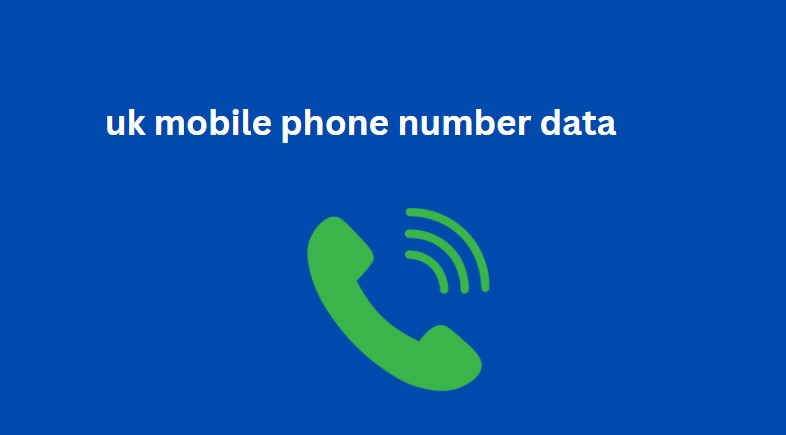Your brand’s personality and values should be reflected in the font you choose for your business. This can help reinforce the message you want to convey. So, when choosing fonts for your website, it’s important to take your time and not leave the choice to chance.
There are certain aspects that you should take one to one to choose? choose? into account before deciding on a font for your website. We will review them below.
Audience you communicate with
To select the most appropriate font, you must take into account the audience you are targeting and try to make sure that the chosen style fits with the tastes of your audience.
You should consider your audience’s age, gender, educational level, and interests. For example, if your website is aimed at a younger audience, it is advisable to use a modern and bold typeface . On the other hand, if your audience is more conservative, a classic and elegant typeface will be more appropriate.
Additionally, you should also consider the purpose of your website and the type of content you are presenting. If you are presenting technical or academic information, a more formal and legible typeface may be the best choice. If you are presenting creative or artistic content , a more experimental or artistic typeface may be more appropriate.
Based on all this, web designers will help you make the best choice . Truto advise you on this and other aspects to take into account.
Images that include text
For reasons of usability, accessibility or responsive design, it is recommended to use HTML text. Ultimately, it is about not losing part of the text due to loading issues, text body size or display on different devices. However, you should know that in the case of HTML, the choice of safe fonts is very limited to the main system fonts: Arial, Helvetica, Tahoma, Verdana and Times/Georgia.
If you use text as an image , you must remember to include the text content in the “alts” of the image tag . This way, the user will be able to see the content even in the version without images.
When it comes to web fonts , we can’t forget that the typeface you choose is going to be an important part of your brand’s visual identity . Typography can, and should, convey your brand’s personality and tone, as well as help establish the visual hierarchy on your website.
Before choosing a typeface, it is important to uk mobile phone number data define your brand’s visual identity . What do you want to convey with your brand? Professionalism, creativity, fun, sophistication, … The answer to these questions can help you choose a typeface that is consistent with your brand.
Another factor to consider is readability
The font you choose should be easy to read at different sizes and on different devices . Fonts with strokes that are too thin or letters that are too small can make your web page content difficult to read, which can negatively impact the user experience.
Some common website fonts include sans-serif font greenletter: money needs marketing families (characters without small endings called serifs) such as Arial, Helvetica, Roboto, and Open Sans, which are generally legible and easy to read on screens . You might also consider serif fonts (characters with small endings), such as Times New Roman, Georgia, and Garamond , which may be more america email list appropriate for websites that present more formal or academic content.
A/B testing is a technique used to compare two different versions of the same element on a website to determine which is more effective in terms of results.
For web typography, you can use an A/B test to compare two different fonts on your website and determine which one is most effective for your audience .
To run an A/B test on typography on your website, you need to follow these steps :
1- Identify the page or section of your website that you want to use for A/B testing. You need to make sure that this page has enough traffic and is representative of your website as a whole.
2- Choose two different fonts you want to test . Make sure both fonts are legible and consistent with your brand’s visual identity.
3- Create two different versions of the page or section you want to test, one for each font. Make sure that both versions are identical in every way except for the font used.
4- Use an A/B testing tool to show a random version of the page to each user who visits your website. The tool should alternate between the two versions of the page so that each user sees a different version.





